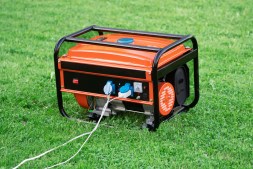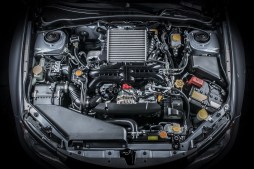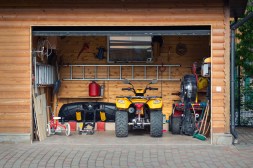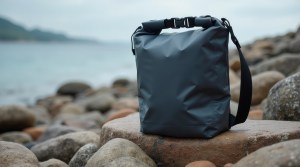How Weather Affects Rust on Trucks and SUVs—and How to Combat It
Rust can be a truck or SUV owner’s worst nightmare, especially in areas with harsh weather conditions. Understanding how weather affects rust and knowing preventive measures can save you from expensive repairs down the line. In this article, we will explore the different weather factors that contribute to rust development and provide practical solutions to keep your vehicle in top shape.
The Impact of Humidity on Rust Formation
Humidity is one of the primary culprits behind rust formation. When moisture-laden air comes into contact with metal surfaces, it creates an ideal environment for oxidation—a chemical reaction that leads to rust. Trucks and SUVs frequently exposed to high humidity levels are at a higher risk for corrosion, especially if they are not properly maintained.

Salt Exposure: A Major Threat in Winter
In regions where winter roads are treated with salt, trucks and SUVs face an increased risk of rust. Salt is highly corrosive; when it settles on your vehicle, it attracts moisture which accelerates the rusting process. Regular washing during winter months can help remove salt buildup and protect your vehicle’s undercarriage and body.
Temperature Fluctuations: A Hidden Catalyst
Rapid temperature changes can also contribute to rust formation on trucks and SUVs. For example, if a frozen vehicle is parked in a warm garage or exposed suddenly to sunlight after being cold, condensation may form on surfaces, inviting corrosion. Keeping your vehicle’s exterior dry during these transitions is essential for preventing rust.
Prevention Tips: Coatings & Regular Maintenance
To combat potential rust issues effectively, consider applying protective coatings like wax or sealants which provide a barrier against moisture. Additionally, regular maintenance—such as inspecting wheel wells for dirt accumulation or checking seams for signs of wear—can help catch problems early before they become serious.
Routine Checks: Keeping Your Truck or SUV Rust-Free
Establishing a routine check-up schedule helps identify any early signs of rust before it spreads. Look closely at common vulnerable areas like around wheel arches, undercarriage components, and door edges where water tends to accumulate more easily. Taking preventive action now can save you time and money later.
Understanding how weather affects your truck or SUV’s susceptibility to rust is crucial for maintaining its value and performance over time. By implementing proactive measures—like regular cleaning during winter months, applying protective coatings, and establishing routine inspections—you can combat the damaging effects of weather-related corrosion.
This text was generated using a large language model, and select text has been reviewed and moderated for purposes such as readability.











